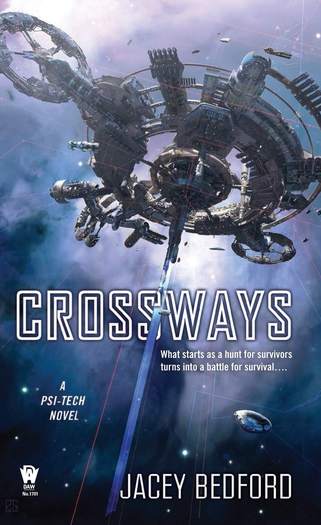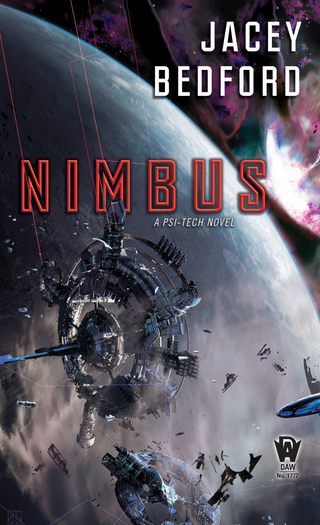New Treasures: Myth of the Maker, Bruce R. Cordell’s Novel of The Strange
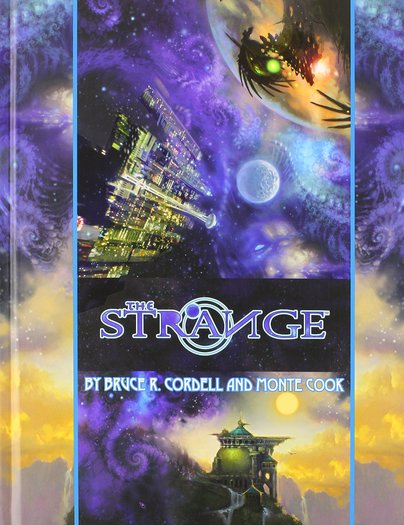 |
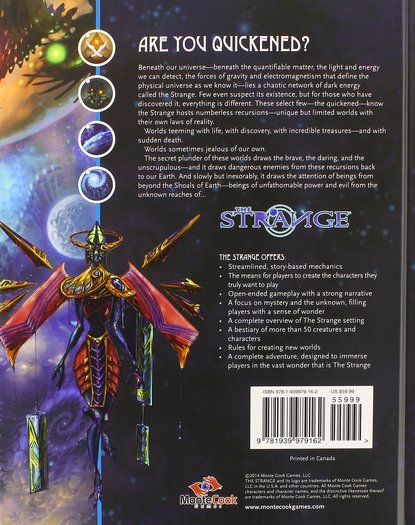 |
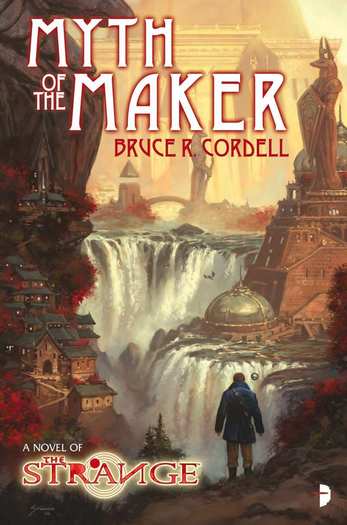 |
The Strange, the RPG of dimension-hopping weirdness by Bruce R. Cordell and Monte Cook, was published by Monte Cook Games in 2014. We all know that all the coolest role playing games eventually spawn a fiction line, and thus it wasn’t too much of a surprise to see Bruce R. Cordell’s Myth of the Maker: A Novel of The Strange arrive from Angry Robot last month. It seems a fine intro to the powerful and mythic worldbuilding that’s gone into the vast cosmic canvas of The Strange. Check it out.
Carter Morrison didn’t want to kill his friends, or himself, but he had a good reason. It was them, or the end of all life on the planet.
Their sacrifice saved the world. Not that anyone knew it. Until Katherine Manners stumbled over a melting man in a computer room clutching a message of doom from another world.
Follow Carter Morrison, Catherine Manners, Elandine the Queen of Hazurrium, and Jason Cole — also known as the Betrayer — as they try to understand, survive, save, and in Jason’s case, break free of the fictional worlds that insulate Earth from the dangers of the Strange, where world-eating monstrosities called planetovores lurk.
This is by no means Cordell’s first foray into fiction… he’s authored at least half a dozen Forgotten Realms novels, including The Abolethic Sovereignty trilogy (2008-2010). Myth of the Maker was published by Angry Robot on April 4, 2017. It is 384 pages, priced at $9.99 in paperback and $6.99 for the digital edition. The cover is by Matt Stawicki.
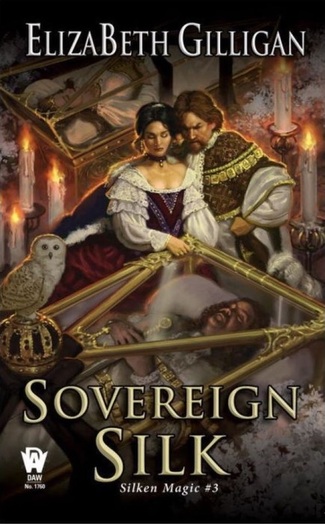
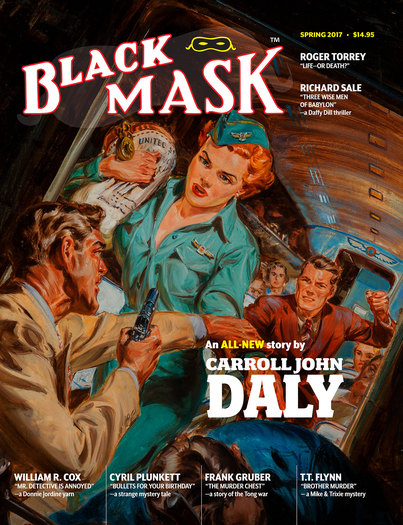
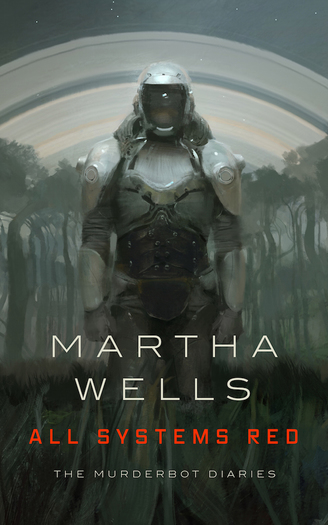
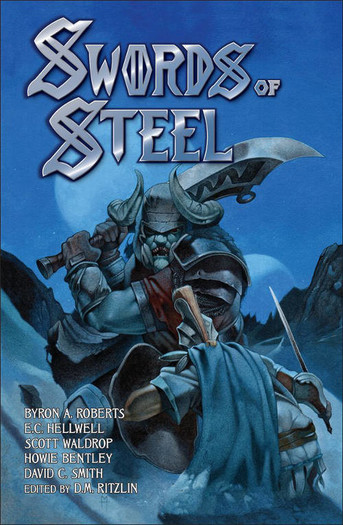

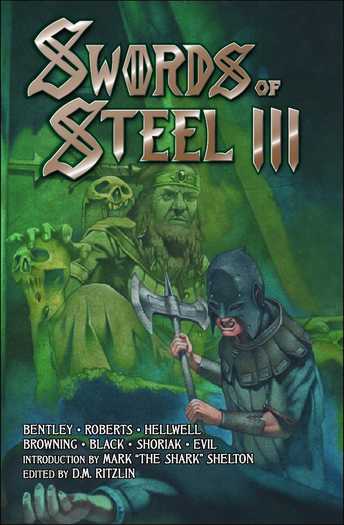

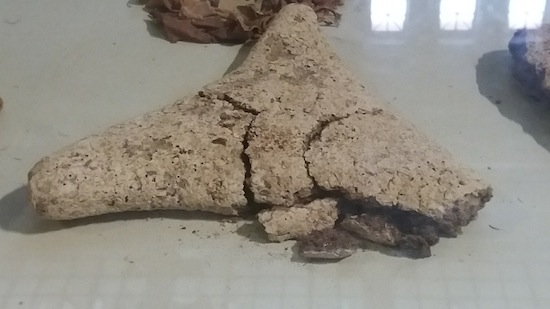

 There’s a paradox in the nature of a dictionary of monsters. The medieval bestiaries at least claimed to be compendia of actual knowledge. But books like Jorge Luis Borges and Margarita Guerrero’s Book of Imaginary Beings (Manual de zoología fantástica) and perhaps even Katharine Briggs’ Dictionary of Fairies are only superficially rational collections of information. Though alphabetised and cross-referenced, the logical framework’s a way of presenting wild fantasy and dream: basilisks and baldanders, brownies and banshees, sylphs and sphinxes. The Monster Manual, and the role-playing handbooks it inspired, take this contradiction to a new level — detailed statistics for each creature described along with the avowed intent of inspiring new stories featuring the legendary or imaginary entities. Quantified, numerically precise, the monsters in these enchiridia still crack open the inside of the head, driving readers to imagine worlds big enough to hold dungeon-dwellers and dragons. Rupert Bottenberg’s Fourscore Phantasmagores is the newest volume of these wonders for gamers and monster-lovers of all stripes, presenting, as it says on the cover, “A Gathering of Grotequeries for Gapejaws and Gamemasters.” And, conscious of its predecessors, the book’s a rich source of inspiration; a grimoire seeding new myths.
There’s a paradox in the nature of a dictionary of monsters. The medieval bestiaries at least claimed to be compendia of actual knowledge. But books like Jorge Luis Borges and Margarita Guerrero’s Book of Imaginary Beings (Manual de zoología fantástica) and perhaps even Katharine Briggs’ Dictionary of Fairies are only superficially rational collections of information. Though alphabetised and cross-referenced, the logical framework’s a way of presenting wild fantasy and dream: basilisks and baldanders, brownies and banshees, sylphs and sphinxes. The Monster Manual, and the role-playing handbooks it inspired, take this contradiction to a new level — detailed statistics for each creature described along with the avowed intent of inspiring new stories featuring the legendary or imaginary entities. Quantified, numerically precise, the monsters in these enchiridia still crack open the inside of the head, driving readers to imagine worlds big enough to hold dungeon-dwellers and dragons. Rupert Bottenberg’s Fourscore Phantasmagores is the newest volume of these wonders for gamers and monster-lovers of all stripes, presenting, as it says on the cover, “A Gathering of Grotequeries for Gapejaws and Gamemasters.” And, conscious of its predecessors, the book’s a rich source of inspiration; a grimoire seeding new myths.
